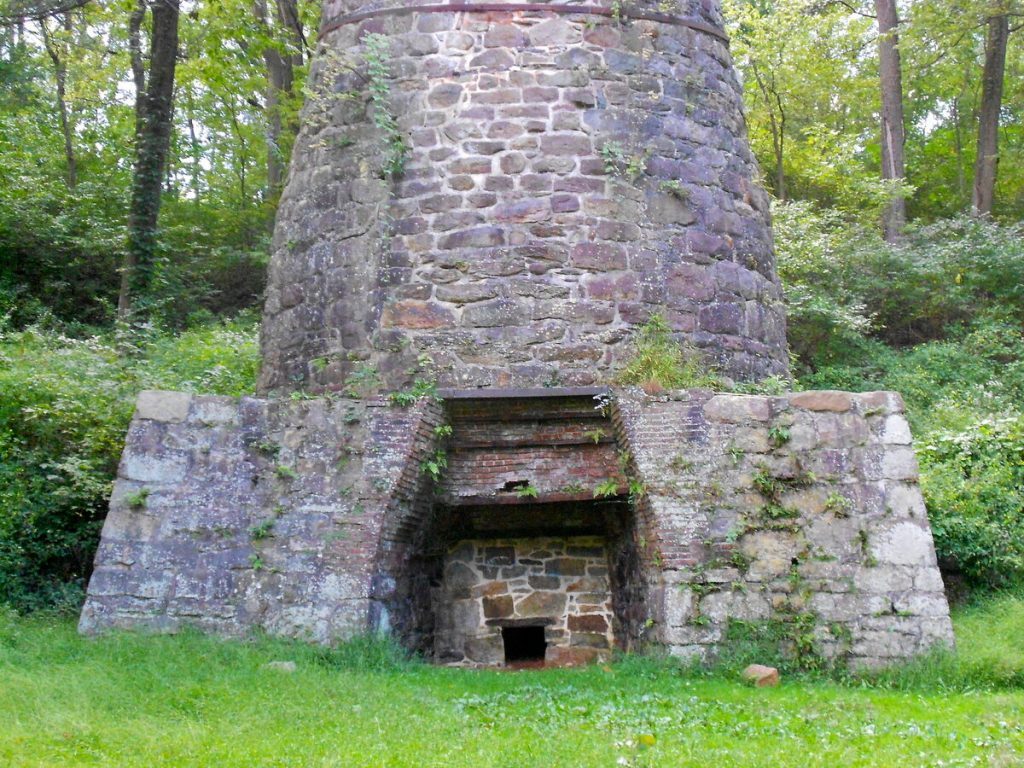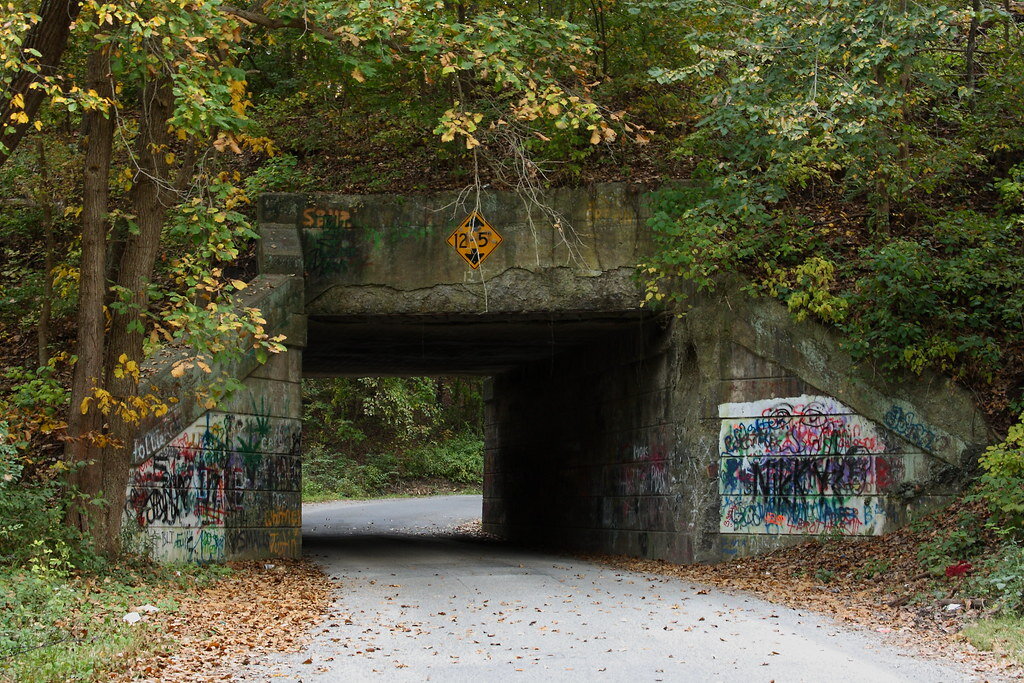You’ve heard of the Nine Circles of Hell and Johnny Depp was in a movie about Nine Gates of Hell in The Ninth Gate. But it turns out the number seven also has its place in supernatural significance. The Seven Gates of Hell is an urban legend with two different versions, but both are located in York County, Pennsylvania and both versions lead you straight to hell.
Regardless of which version of the lore you have heard they both end the same way. There are Seven Gates, only one of which is visible during the day. At night the other six gates appear. If you pass through all seven gates you will be taken directly to hell.
It is rumored that no one has ever made it passed the fifth gate and returned to tell about it.
York County PA
York County, Pennsylvania has some serious historic moments. It was there in 1777 that Americans adopted the Articles of Confederation, officially forming the United States of America. This town is now both a historic location visited by history buffs worldwide and also by paranormal investigators looking for one of America’s other firsts…a portal to hell. Notably, this urban legend has also attracted some cults due to its connection to the underworld. It is in this historic and quaint town, somewhere deep in the woods, that seven gates might appear and lead you straight down…down…down…
V1 of the Seven Gates of Hell Legend – The Insane Asylum

In this version there was a mental institution for the criminally insane that was located on Toad Road, or Trout Run Road, in Hellam Township, Pennsylvania. Trout Run Road appears to be the only mapped road to date. We can’t rule out local’s names for roads as this dates back to the 1900’s. So maybe there was a Toad Road.
The Asylum, as they were back in those days, was erected in a remote location so that the townsfolk would not be exposed to the insanity within. As it is with many horror stories, a fire broke out. This remote location proved difficult for help to arrive in a timely fashion, so multiple inmates and staff died in the flames.
In the Asylum version of the Seven Gates of Hell, the gates were built by the local search parties to trap the remaining patients. The search party was reported to have beaten to death escaped inmates they found and the gates were simply another way to trap and kill the unwanted.
It remains unclear why the search party created gates to hell to capture the inmates but assuming they did that is as good a way as any to rid your town of the criminally insane.
V2 of The Seven Gates of Hell Legend – The Physician

In the Physician version of the story, the gates were built by a physician in the early 1900’s. This physician was known to be eccentric, although there are versions where he is labeled as psychotic as well, and it was he who owned the property and the one gate known to exist. In the Physician version the gates lead ever deeper into the woods as they progress. His motivations are unknown but the mystery has become local lore for over 100 years now.
The Seven Gates of Hell in York County, Pennsylvania has shown up in several books as well as a horror film from 2013 titled Toad Road.

Rereferences
- The Big Book of Pennsylvania Ghost Stories
- Weird Pennsylvania: Your Travel Guide to Pennsylvania’s Local Legends and Best Kept Secrets
- https://en.wikipedia.org/wiki/Seven_Gates_of_Hell

Tritone’s love of horror and mystery began at a young age. Growing up in the 80’s he got to see some of the greatest horror movies play out in the best of venues, the drive-in theater. That’s when his obsession with the genre really began—but it wasn’t just the movies, it was the games, the books, the comics, and the lore behind it all that really ignited his obsession. Tritone is a published author and continues to write and write about horror whenever possible.
